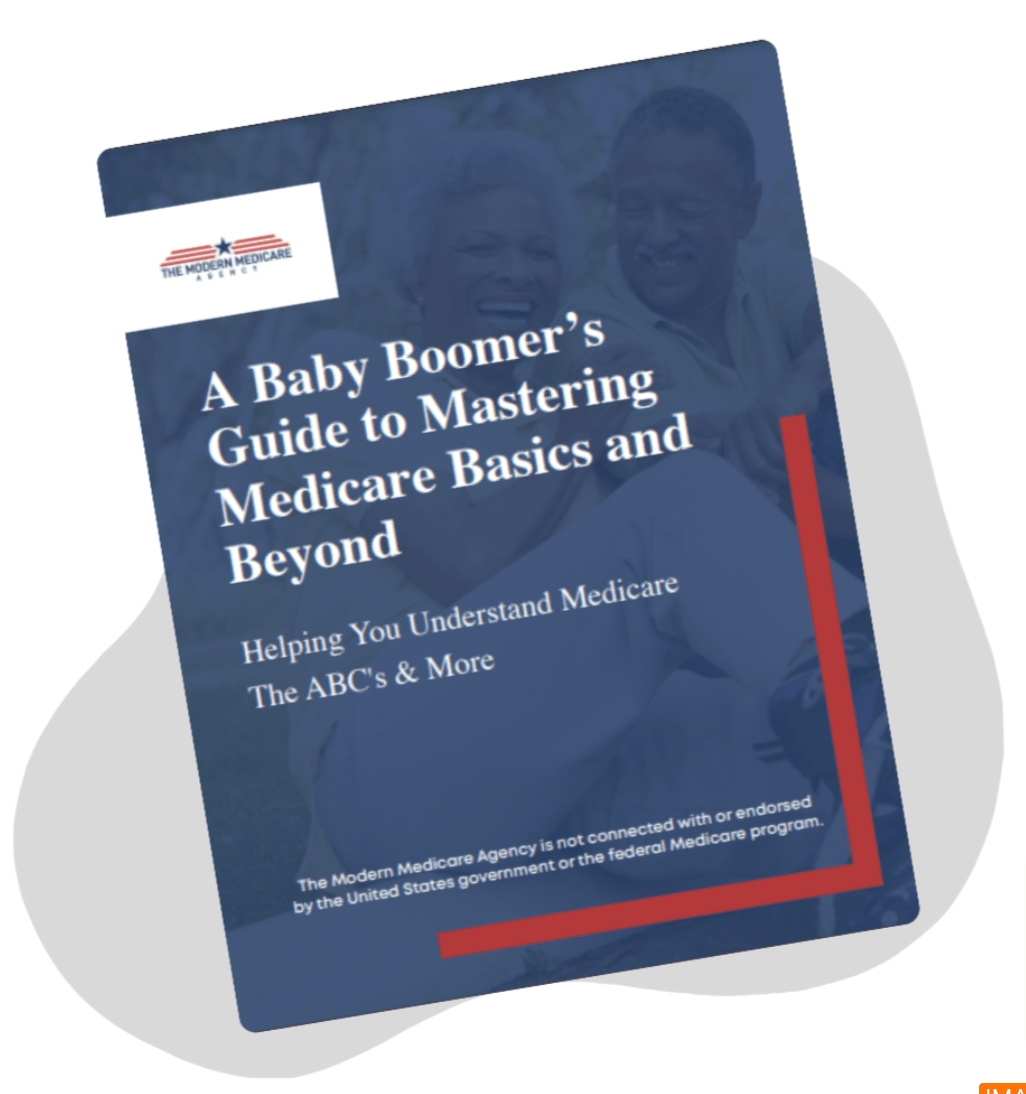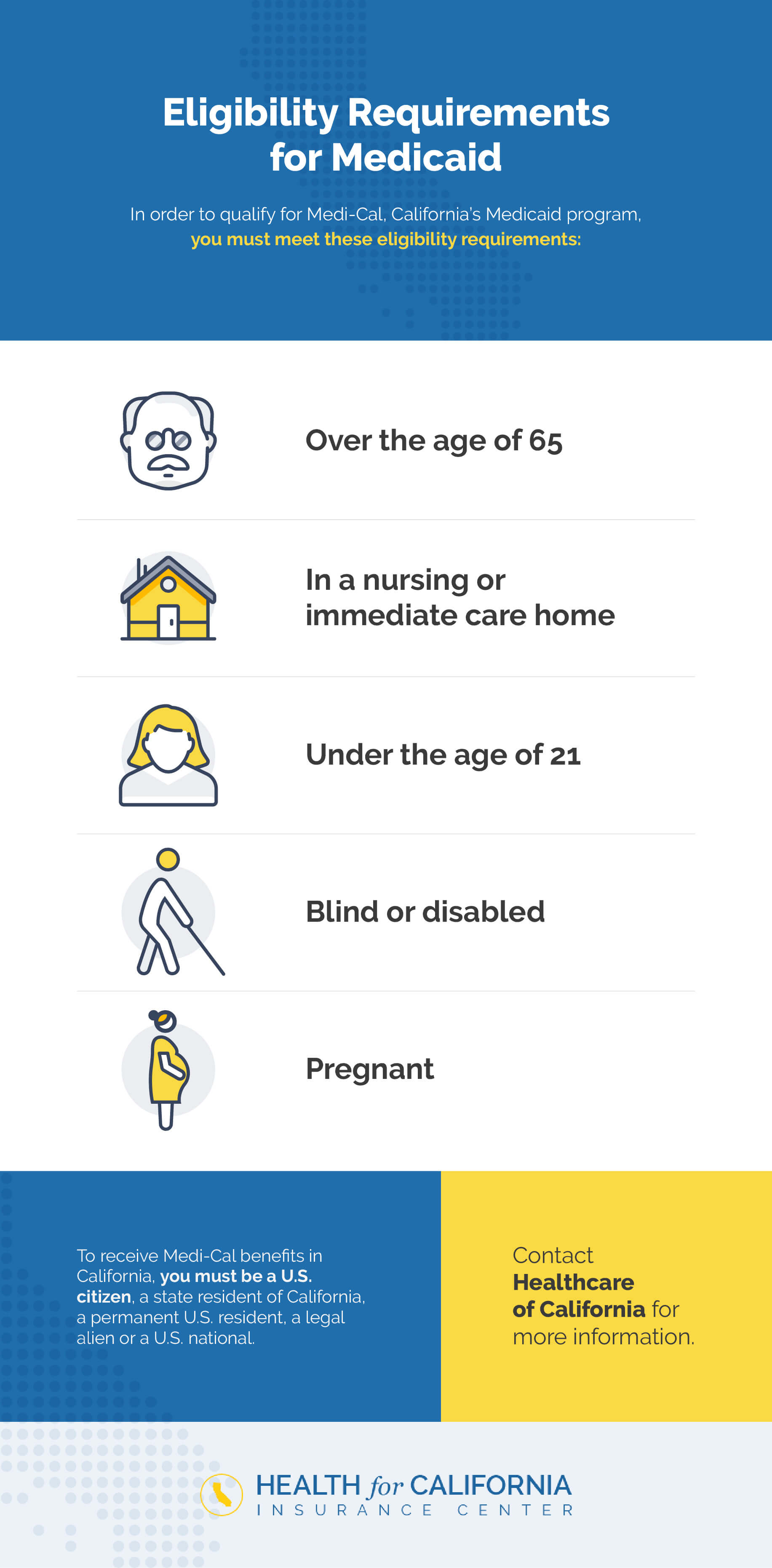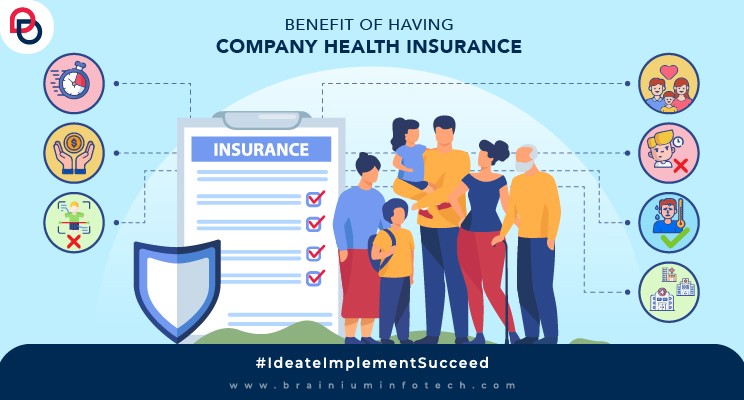The smart Trick of Medicare Advantage Agent That Nobody is Talking About
The smart Trick of Medicare Advantage Agent That Nobody is Talking About
Blog Article
Medicare Advantage Agent Fundamentals Explained
Table of ContentsMedicare Advantage Agent - An OverviewGetting The Medicare Advantage Agent To Work6 Simple Techniques For Medicare Advantage Agent


follows from adheres to the perplexing young age profile of the uninsured with the better healthFar better wellness average, of younger persons. For those without accessibility to workplace health and wellness insurance coverage, inadequate wellness is a potential barrier to buying nongroup insurance coverage since such protection may be very valued, exclude preexisting problems, or be merely not available. Unless otherwise kept in mind, nationwide estimates of people without wellness insurance coverage and percentages of the population with different kinds of protection are based on the CPS, the most widely used resource of quotes of insurance policy protection and uninsurance rates.

The Only Guide to Medicare Advantage Agent
The relationship between health insurance coverage and accessibility to care is well established, as documented later on in this phase. The connection in between wellness insurance and wellness outcomes is neither straight neither simple, a considerable scientific and health solutions study literature web links wellness insurance policy coverage
to improved better to care, better qualityHigh quality and improved personal individual population health wellness. The second record, on individual health and wellness outcomes for without insurance grownups, is stood for by the inner circle of the figure, while the third record, on family members wellness, includes the topics of the 2nd report but emphasizes a various unit of evaluation, specifically, the family.
Moreover, it concentrates particularly on those without any kind of medical insurance for any type of size of time. The troubles encountered by the underinsured are in some respects comparable to those dealt with by the uninsured, although they are generally less severe. Uninsurance and underinsurance, however, include clearly different policy issues, and the methods for addressing them may vary. Throughout this research study and the five records to comply with, the primary focus gets on persons with no medical insurance and thus no help in spending for healthcare beyond what is offered via charity and safeguard establishments. Medical insurance is an effective factor affecting receipt of treatment due to the fact that both people and physicians react to the out-of-pocket price of services. Wellness insurance, nevertheless, is neither needed nor sufficient to obtain access to medical services. Nonetheless, the independent and direct impact of wellness
insurance policy protection on access to wellness solutions is well developed. Others will certainly get the healthcare they require also without medical insurance, by spending for it expense or seeking it from service providers who supply care free or at extremely subsidized prices. For still others, medical insurance alone does not ensure invoice of treatment as a result of various other nonfinancial obstacles, such as a lack of health care suppliers in their neighborhood, limited access to transport, illiteracy, or linguistic and social distinctions. Official study regarding uninsured populations in the United States dates to the late 1920s and very early 1930s when the Board check it out on the Expense of Healthcare generated a series of reports concerning funding physician workplace gos to and hospital stays. This concern ended up being significant as the numbers of medically indigent climbed up during the Great Clinical depression. Empirical studies regularly sustain the link in between access to care and boosted health and wellness outcomes(Bindman et al., 1995; Starfield, 1995 ). Having a normal source of treatment can be thought about a forecaster of gain access to, as opposed to a straight procedure of it, when wellness end results are themselves made use of as gain access to signs. This expansion of the concept of gain access to measurement was made by the IOM Committee on Keeping Track Of Accessibility to Personal Wellness Treatment Provider(Millman, 1993, p. Whether moms and dads are insured appears to impact whether or not their children obtain treatment along with just how much careeven if the kids themselves have protection(Hanson, 1998). The this website health of parents can impact their capability to take care of their kids and the level of family stress and anxiety. Fretting about their kids's access to care is itself a resource of stress and anxiety for moms and dads. Three phases adhere to in this report. Chapter 2 gives an introduction of exactly how employment-based health insurance coverage, public programs and private insurance plan operate and connect to supply considerable but insufficient protection of the united state population. This includes a review of historical fads and public policies affecting both public and private insurance, a discussion of the communications among the various kinds of insurance policy, and an exam of why people move from one program to an additional or finish up

Report this page